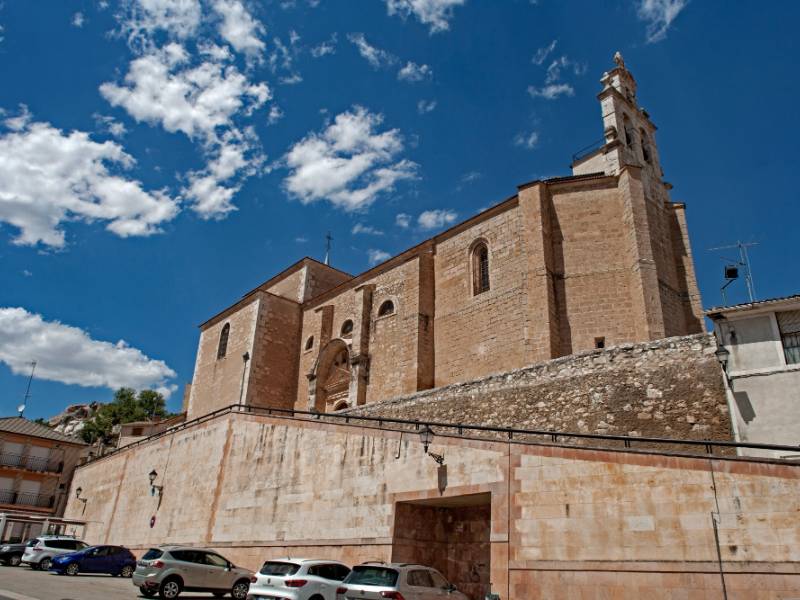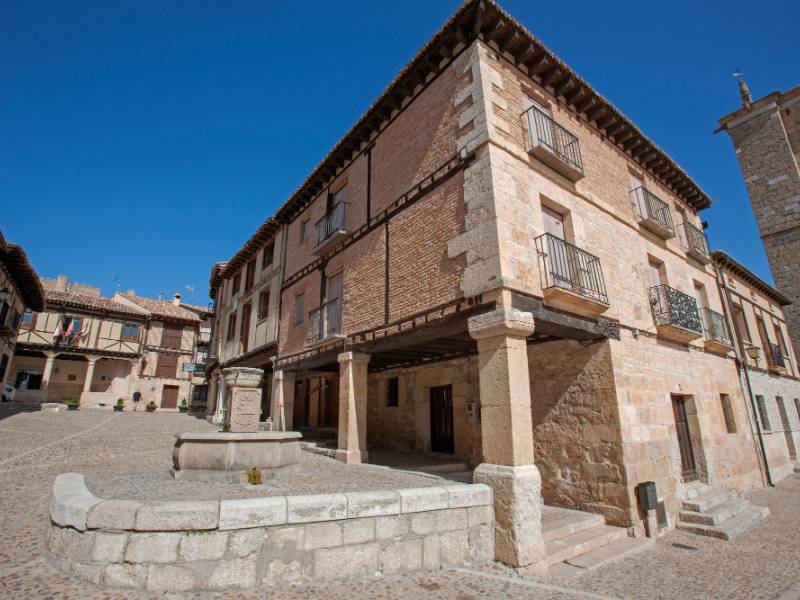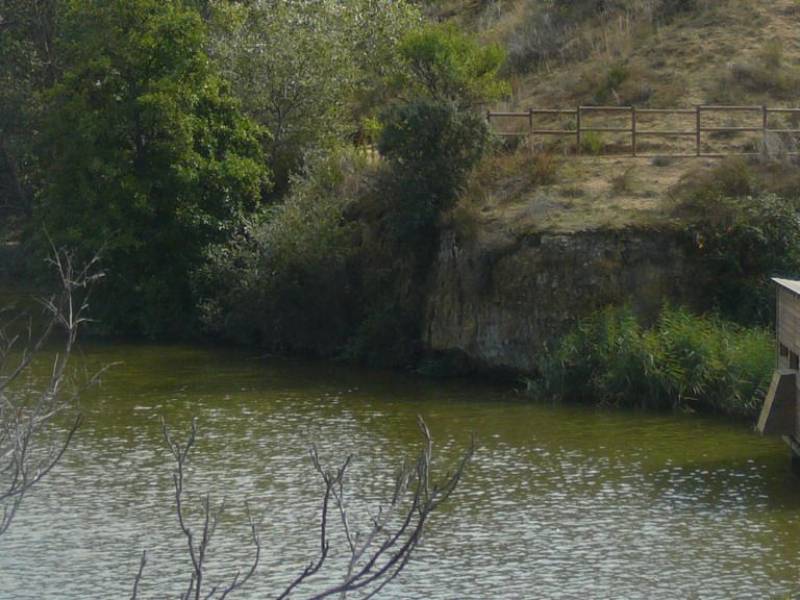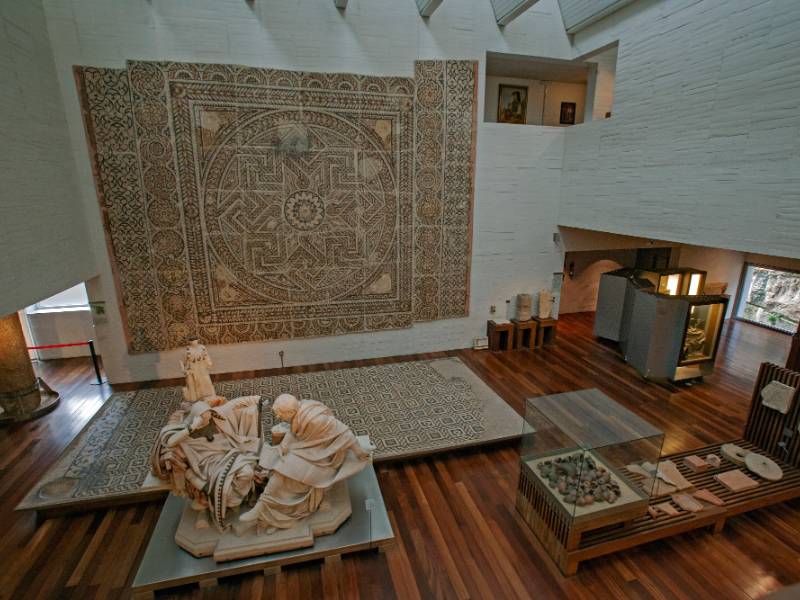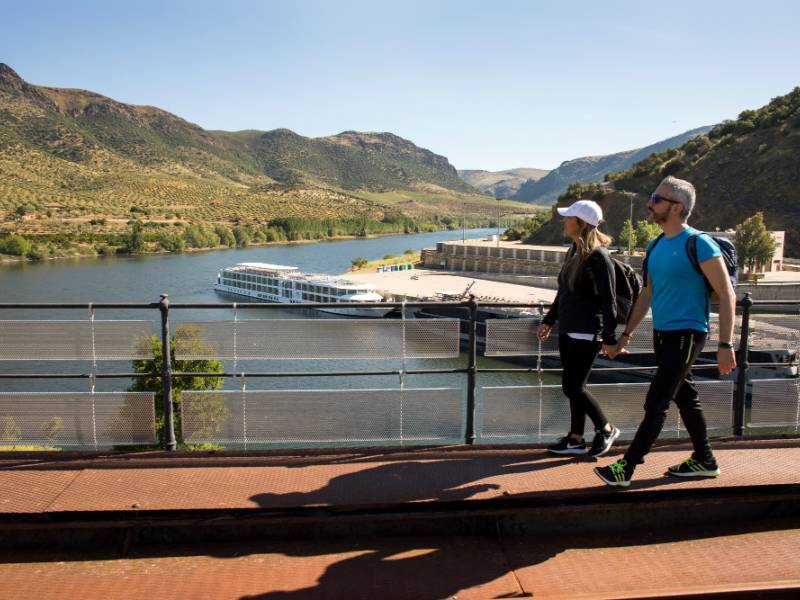Duero Route - Toro
- Route Data
- Ascent slope
- 729 m.
- Previous
- Following
The Duero now crosses the border between the provinces of Valladolid and Zamora, through the land of Alfoz de Toro. The fertile meadows of this area, the centre of the wines that bear its name, has many vineyards all over the hillsides alongside the mighty river that enters the town under a bridge.
It is here that the Consejo Regulador de los vinos de la Denominación de Origen Toro is based. The meadows, bathed by the waters, provide the town with some of the most highly prized vegetable gardens and orchards in the area.
Reference to content
What to see?
 Stone bull or VerracoMore information
Stone bull or VerracoMore informationOne of the emblematic "monuments" of the city of Toro is its "Toro de Piedra", a figure sculpted in granite, belonging to the group of sculptures called "Verracos", monuments of the final stage of the...
 The Alcazar of ToroMore information
The Alcazar of ToroMore informationAlthough its origins date back to the 10th century and it was part of the first walled area of the city of Toro, its construction dates from the 15th century. Witness to important historical events, the...
 Church of San Lorenzo el RealMore information
Church of San Lorenzo el RealMore informationThis temple, of Mudejar Romanesque style was built in the XII century. The church has a single nave and it is established on rock. In the chevet, a semicircular apse and a presbytery of two sections are...
 Church of San Sebastian de los CaballerosMore information
Church of San Sebastian de los CaballerosMore informationIt houses an important collection of linear Gothic frescoes from the Monastery of Santa Clara and a collection of votive offerings that were found in the hermitage of Virgen de la Vega (Christ of Battles).
 Church of Santo Tomas CantuarienseMore information
Church of Santo Tomas CantuarienseMore informationRomanesque church, with three naves, built in the 12th century and rebuilt in the 16th and 18th centuries.Its interior stands out for its rich altarpiece, a work from the 16th century, considered by many...
 Church of the Santo SepulcroMore information
Church of the Santo SepulcroMore informationRomanesque-Mudejar church from the end of the 12th owned by the Order of the Holy Sepulcher, and which later passed to the order of Saint John of Jerusalem. At present it houses some steps of the Brotherhood...
 Hermitage of Santa Maria de la Vega or Cristo de las BatallasMore information
Hermitage of Santa Maria de la Vega or Cristo de las BatallasMore informationMudéjar Romanesque style. The floor of the hermitage is a nave covered with a pair of armor and a knuckle inheriting another one from the end of the 15th century, plus a main chapel with a straight presbyteral...
 ToroMore information
ToroMore informationToro is much more than its famous wines. The town of Zamora has a history that begins with the Celtiberians and that, over the centuries, has filled its lively streets with an exceptional cultural and...
 Carnival of ToroMore information
Carnival of ToroMore informationThe carnival of Toro is one of the most important popular events in Castilla y León. It has evolved based on a tradition that never forgets its origins and encourages them.During the six days that the...
- Classification of Festivities
- Castilla y León Tourist Interest
- Date
- Carnaval
- Town
- Toro

